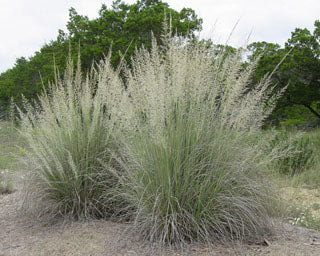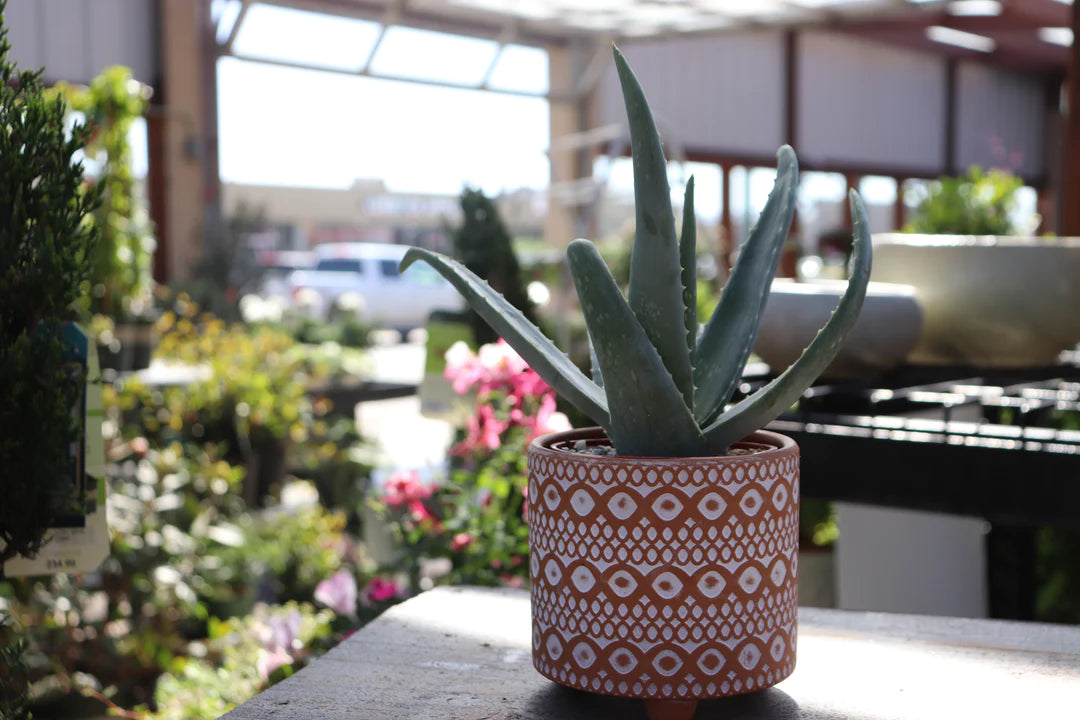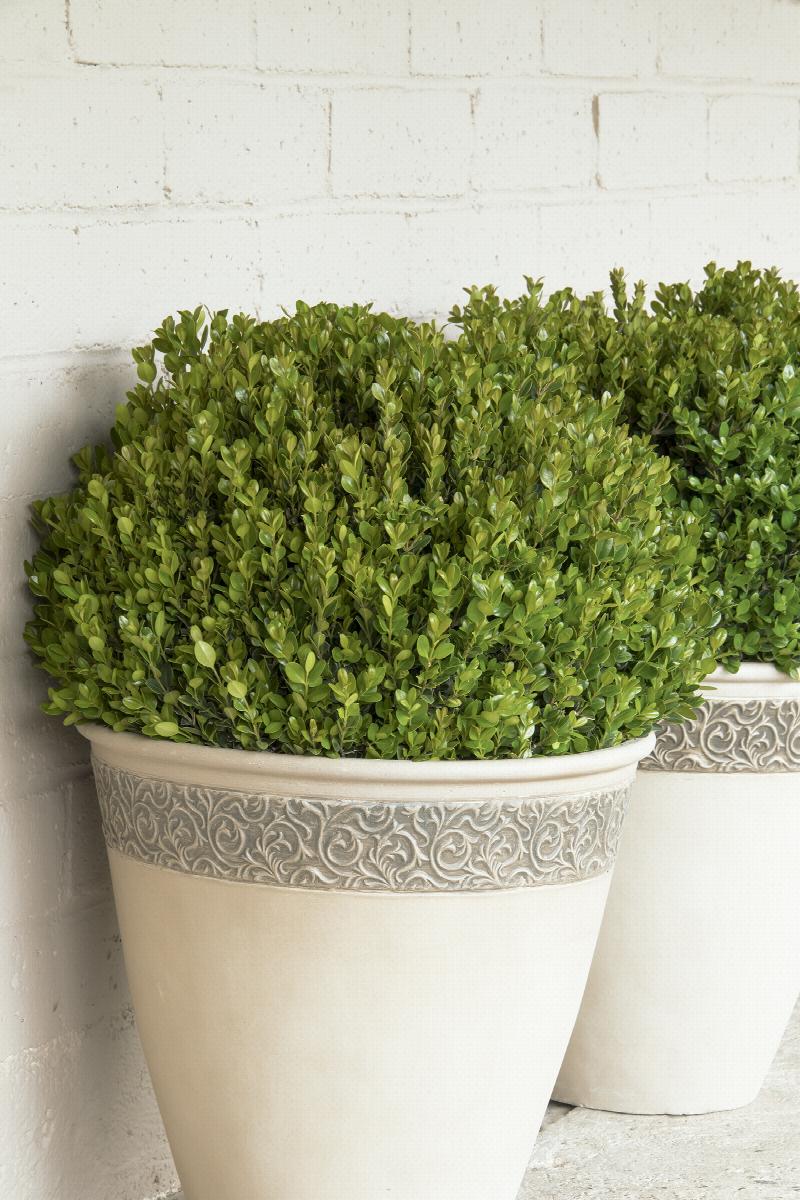
Lindheimer's Muhly
- Low stock - 5 items left
- Inventory on the way
Muhlenbergia lindheimeri is a 2-5 ft. perennial bunchgrass with fine foliage and a fountain-like form. Seedheads are silvery.
Native from the Edwards Plateau of central Texas south to northern Mexico, Big muhly or Lindheimer's muhly has become increasingly popular since the 1980s as an elegant, large-scale specimen grass, large enough for screening. It can be a soft-textured substitute for introduced Pampas grass, which it approaches in stature. Its blue-green leaves and lacy autumn panicles grace live oak (Quercus fusiformis) savannahs and limestone outcrops within its natural range.
The genus of this plant is named for Gotthilf Heinrich Ernst Muhlenberg (1753-1815), also Heinrich Ludwig Muehlenberg, or Henry Muhlenberg, who was a German-educated Lutheran minister and the first president of Franklin College, now Franklin and Marshall College, Pennsylvania. He is most famous due to his work in the field of botany. An accomplished botanist, chemist, and minerologist, Henry is credited with classifying and naming 150 species of plants in his 1785 work Index Flora Lancastriensis. Muhlenberg's work and collaboration with European botanists led to great advances in the study of plants and earned him the distinction as America's first outstanding botanist.
The species is named after Ferdinand Jacob Lindheimer (1801-1879) who is often called the Father of Texas Botany because of his work as the first permanent-resident plant collector in Texas. In 1834 Lindheimer immigrated to the United States as a political refugee. He spent from 1843-1852 collecting specimens in Texas. In 1844 he settled in New Braunfels, Texas, and was granted land on the banks of the Comal River, where he continued his plant collecting and attempted to establish a botanical garden. He shared his findings with many others who shared his interest in botany, including Ferdinand von Roemer and Adolph Scheele. Lindheimer is credited with the discovery of several hundred plant species. In addition his name is used to designate forty-eight species and subspecies of plants. He is buried in New Braunfels. His house, on Comal Street in New Braunfels, is now a museum.













